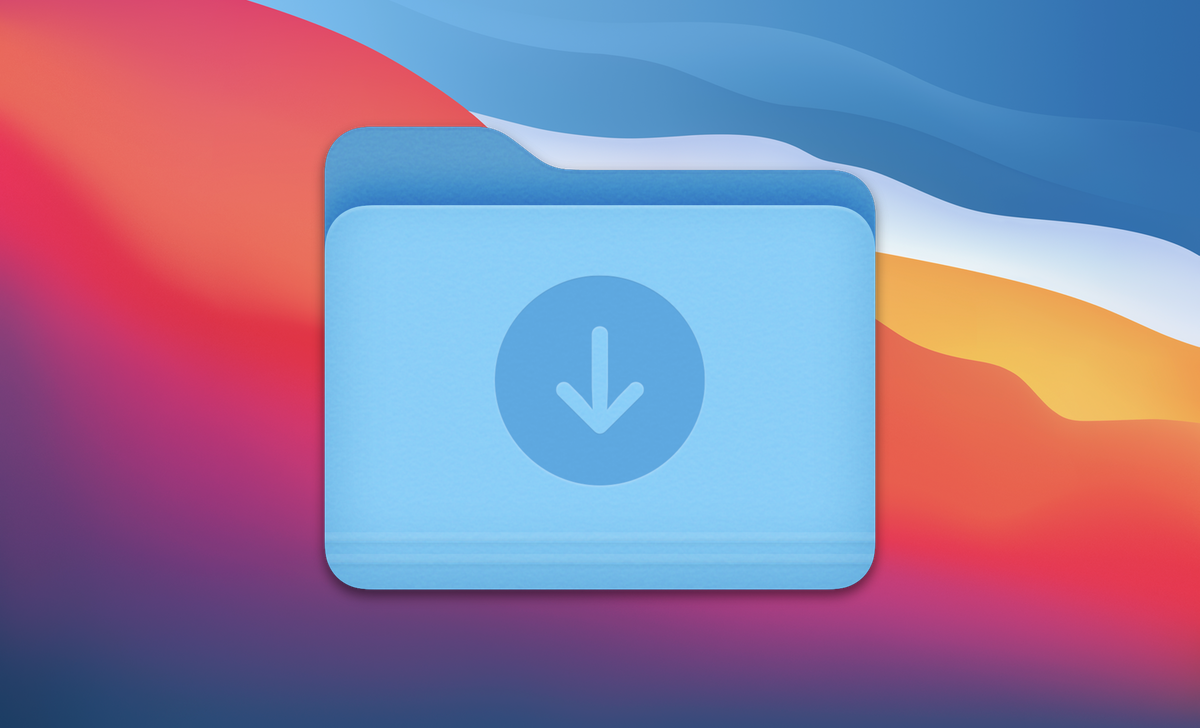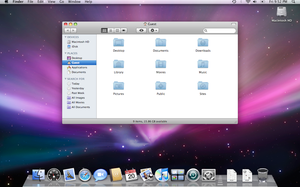Bluish-Green Bundle Mac OS
Basic Information about Corrupt app bundle app:
Mac Os Versions
Corrupt app bundle app is a dangerous adware application that annoys many computer users recently. It silently penetrates into computers without the knowledge of users. After getting into the targeted Windows system, it creates a lot of trouble for users and starts generating frustrating pop-up ads, deals, coupons, discounts, fake message, sponsored links and other online savings in the web browsers. Usually, Corrupt app bundle app affects the most used browsers including Google Chrome, Internet Explorer and Mozilla Firefox.
Mac Os Download
Finding the best Mac App Bundles has always been a challenge. With more than 7 years of experience, we are able to find the best deals for you – regarding software, apps, bundles, assets and so on. We make sure to find offers which lets you buy the apps cheaper or get the software even for free. Here is what underlines our experience. Mac OS X & macOS names. As you can see from the list above, with the exception of the first OS X beta, all versions of the Mac operating system from 2001 to 2012 were all named after big cats.
There are some common symptoms of this malicious threat:
1) There are lots of random ads and pop-up windows suddenly appears on your web browsers;
2) When you browser on the Internet, it doesn’t open the your homepage rather points your to some strange websites;
3) All your browsers will starting working strangely that you haven’t experienced before;
4) Your DNS settings and other system settings will be changed;
5) Corrupt app bundle app installs other malicious add-ons and applications to your system automatically;
6) Your system will freeze frequently and it is difficult to work on the computer.
Once Corrupt app bundle app is installed on your computer, all things will be changed. It can mess up your browsers seriously. When you click or visit the certain page, you can be redirected to some unknown sites that may contain various computer threats. What’s worse, it is not easy to remove Corrupt app bundle app because it can change its files all the time and hide itself secretly in your system. Each time you try to uninstall it from Control Panel, it keeps coming back again and again.
How to Remove Malware from Mac?
If you have virus problem on Windows OS, please read this Win OS Guide – Manually Remove Virus or malware from Windows OS
(NOTE: Bookmark this page first because some steps may close your web browser or restart computer)
STEP 1
– Select Finder on dock:
Select Applications >> Right-lick on unwanted or suspicious apps that may be related with Corrupt app bundle app >> Click Move to Trash
Go to Dock >> Right-click on Trash icon and click Empty Trash.
Tips– In case you are unable to find or remove suspicious apps that may be related with threat, we recommend downloading Combo Clneaer to scan your mac and find out malware:
(Note – To understand Combo Cleaner’s policies and practices, please review its EULA, and Privacy Policy. Learn more about Combo Cleaner and its key features. Combo Cleaner’s scanner is free. Once it detects a virus or malware, you’ll need to purchase its full version to remove the threat.)
STEP 2
Uninstall Unwanted or Suspicious Extension that May Be Related with Threat:
On Safari:
Launch Safari and Click Preferences
Select Extensions tab >> Find unwanted or suspicious extension that may be related with Corrupt app bundle app >> Click Uninstall
On Chrome:
Launch Chrome >> Select More Tools >> Click Extensions:
Find unwanted or suspicious extension that may be related with Corrupt app bundle app >> Click Trash icon to uninstall it.
On Firefox:
Launch Firefox >> Click Add-ons:
Select Extensions tab >> Find unwanted or suspicious extension that may be related with Corrupt app bundle app >> Click Remove
Tips– In case you are unable to find or remove suspicious extension that may be related with threat, we recommend downloading Combo Cleaner Antivirus and see if it will find and clean up the threats for you.
(Note – To understand Combo Cleaner’s policies and practices, please review its EULA, and Privacy Policy. Learn more about Combo Cleaner and its key features. Combo Cleaner’s scanner is free. Once it detects a virus or malware, you’ll need to purchase its full version to remove the threat.)
Combo Cleaner Antivirus – The most comprehensive and complete utilities application that you will ever need to keep your Mac clutter and virus free. It is a one-stop Mac and protection maintenance tool to remove Mac malware, clean up junks, and boost Mac performance. With greatly expanded virus and malware database, Combo Cleaner Antivirus is a reliable anti-malware to keep your Mac away from virus, phishing attacks, spyware, malware, and all kinds of online threats while feeling safe about your personal data. Furthermore, it is able to speed up your Mac maximally and make your machine run as a new one.
Award Winning Scanners of Combo Cleaner
Diagnose Your Mac with Combo Cleaner Antivirus Now:
1. Download Combo Cleaner Antivirus with the given button below:,
(Note – To understand Combo Cleaner’s policies and practices, please review its EULA, and Privacy Policy. Learn more about Combo Cleaner and its key features. Combo Cleaner’s scanner is free. Once it detects a virus or malware, you’ll need to purchase its full version to remove the threat.)
2. Then install it and start a Scan to check the conditions of your Mac OS. If you want to use it to solve the detected issues, you need to register its full version to continue.

3. Re-check your Mac with Uninstaller function Anti-virus function of Combo Cleaner.
– First, use Uninstaller tool to check if any unwanted apps are still in the Apps list. If there is unwanted apps in the list, please select them and click “Remove Selected Items”.
– Second, use Antivirus tool to run a Quick Scan and determine if there unsafe items hiding on your Mac.
Tips for Threat Prevention
– Always running professional Antivirus or Antimalware and keep Firewall ON;
– Create System Restore Point regularly and back up important personal files;
– Avoid downloading free programs from unknown third party shared sites;
– Regularly update system via automatic system update;
– Don’t access porn sites or similar sites which are potentially harmful;
– Avoid opening any attachments of unknown emails.
A captive runtime bundle is a package that includes your application code along with a dedicated version of the runtime. An application packaged in this manner uses the bundled runtime instead of the shared runtime installed elsewhere on a user’s computer.
The bundle produced is a self-contained folder of application files on Windows and an .app bundle on Mac OS. You must produce the bundle for a target operating system while running under that operating system. (A virtual machine, such as VMWare, can be used to run multiple operating systems on one computer.)
The application can be run from that folder or bundle without installation.
Benefits
Produces a self-contained application
No Internet access required for installation
Application is isolated from runtime updates
Enterprises can certify the specific application and runtime combination
Supports the traditional software deployment model
No separate runtime redistribution required
Can use the NativeProcess API
Can use native extensions
Can use the File.openWithDefaultApplication() function without restriction
Can run from a USB or optical disk without installation
Drawbacks
Critical security fixes are not automatically available to users when Adobe publishes a security patch
Cannot use the .air file format
You must create your own installer, if needed
AIR update API and framework are not supported
The AIR in-browser API for installing and launching an AIR application from a web page is not supported
On Windows, file registration must be handled by your installer
Larger application disk footprint
Creating a captive runtime bundle on Windows
To create a captive runtime bundle for Windows, you must package the application while running under the Windows operating system. Package the application using the ADT bundle target:
This command creates the bundle in a directory named, myApp. The directory contains the files for your application as well as the runtime files. You can run the program directly from the folder. However, to create a program menu entry, register file types, or URI scheme handlers, you must create an installer program that sets the requisite registry entries. The AIR SDK does not include tools for creating such installers, but several third-party options are available, including both commercial and free, open-source installer toolkits.
You can sign the native executable on WIndows, by specifying a second set of signing options after the -target bundle entry on the command line. These signing options identify the private key and associated certificate to use when applying the native Windows signature. (An AIR code signing certificate can typically be used.) Only the primary executable is signed. Any additional executables packaged with your application are not signed by this process.
File type association
To associate your application with public or custom file types on Windows, your installer program must set the appropriate registry entries. The file types should be listed in the fileTypes element of the application descriptor file as well.
For more information about Windows file types, see MSDN Library: File Types and File Associations
URI handler registration
In order for your application to handle the launch of a URL using a given URI scheme, your installer must set the requisite registry entries.
For more information about registering an application to handle a URI scheme, see MSDN Library: Registering an Application to a URL Protocol
Creating a captive runtime bundle on Mac OS X
To create a captive runtime bundle for Mac OS X, you must package the application while running under the Macintosh operating system. Package the application using the ADT bundle target:
This command creates the application bundle named, myApp.app. The bundle contains the files for your application as well as the runtime files. You can run the application by double-clicking the myApp.app icon and install it by dragging it to a suitable location such as the Applications folder. However, to register file types or URI scheme handlers, you must edit the property list file inside the application package.

For distribution, you can create a disk image file (.dmg). The Adobe AIR SDK does not provide tools for creating a dmg file for a captive runtime bundle.
File type association
To associate your application with public or custom file types on Mac OS X, you must edit the info.plist file in the bundle to set the CFBundleDocumentTypes property. See Mac OS X Developer Library: Information Property List Key Reference, CFBundleURLTypes.
URI handler registration
In order for your application to handle the launch of a URL using a given URI scheme, you must edit the info.plist file in the bundle to set the CFBundleURLTypes property. See Mac OS X Developer Library: Information Property List Key Reference, CFBundleDocumentTypes.